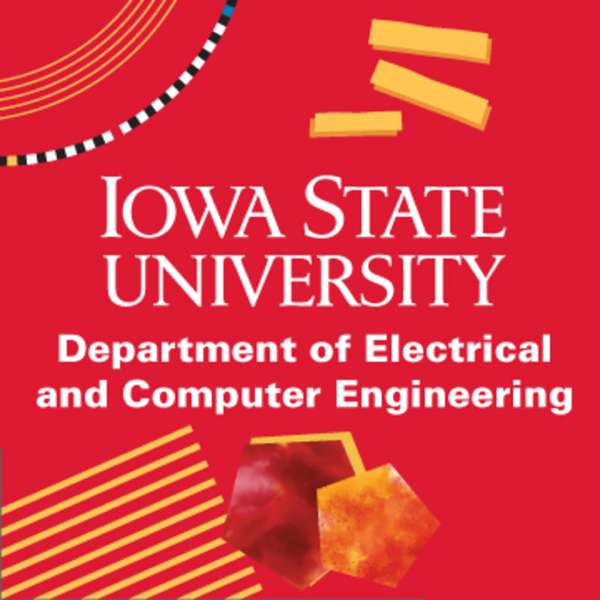Ending World Hunger by 2030 is one of the UN’s Key Sustainable Development Goals, announced in 2015. We’re now half way to the final milepost, but estimates still put the number of people in the world who are suffering from hunger and malnutrition at around 811 million, more than 9% of the world's population. So how can tech help? In this episode, we’ll be meeting some of the amazing people at the cutting edge of ending world hunger through the use of technology.
A view from above:
Satellite technology could be a game-changer in connecting remote rural communities to the outside world, helping small-scale farmers produce better yields, and allowing them to more effectively ship and sell their produce. Mark Jarman, CEO of Colombia-based satellite project development firm AgriTierra, shares his thoughts on how the emergence of small, cheap constellations of satellites allows constant, real-time monitoring of land and economic conditions in ways which weren’t possible just five years ago - even to those with only the bare minimum of connectivity.
Uniting the public sector and private business:
Speaking of bare-minimum of connectivity, one of the most important ways in which rural economies can grow and become more efficient and productive is to get access to communications technology, a aunting task when they don’t necessarily have the financial ability or education and training to do so. Combating that is Isabelle Mauro, Head of Information, Communications & Technology (ICT) Industries at the World Economic Forum. The WEF is the world body bringing together the public and private sectors, and has been pushing for greater co-operation and work on lifting developing communities out of hunger and poverty. Isabelle believes that the practical means to connect communities exist: rather, the challenge is to provide a financial incentive for companies and Governments to reach out to poorer areas where the business case for connection might not be so obvious.
IoT in the soil:
One of the firms leading the charge to bring rural communities into the digital age is Hewlett Packard Enterprise. Brian Tippens is their Head of sustainability, and has been working closely with WEF, and partners around the world such as Purdue University, to bring HPE’s experience in data and connectivity to the farm, with solutions as diverse as networked soil-sample and moisture analysis units, which can tell farmers exactly what the conditions are like in any part of their farm (or in the community as a whole) at any one time. Their end goal? For the field to act almost as a data centre in itself, storing and analysing data at source, and in real-time.
Meat the Future:
But what about advances away from the farm, or produce supply chain? The world has an insatiable appetite for meat, and one which is only growing as people are lifted out of poverty. That puts a huge strain on farmland and the planet due to the intensive effort required to raise livestock, and the poullution that causes. However, with the advent of STEM cell technology and improved compute power and data analysis, another option is on the horizon: Cultured or lab-grown meat. Daan Leuning is Co-Founder and CTO at Meatable, a company which is scaling up the production of lab-grown beef and bacon to commercial levels, using cutting edge technology. They believe that creating cruelty-free meat with low-space and energy requirements could revolutionise the way we eat, as well as eventually providing cheap, nutritious food to large parts of the world.
So whether we’re looking down from space or down into a petri-dish, there’s plenty of exciting developments which could help end world hunger by 2030. Will it be enough? Well, that depends on the appetite of those in power to make a change.
Key takeaways:
- Within the last five years, satellite and connected communications technology has become more available, low-cost, and low-latency - to the point where it can now help poor farmers in remote areas.
- The best way to lift the world out of hunger is through public-private partnerships which provide funding and a business case to spread this technology through the developing world.
- Within a decade, non-traditional vertical and cultured farming could revolutionise the way we consume food, as well as drastically reducing the environmental impact of storing, shipping and producing what we eat.
Links and resources:
The UN Sustainable Development Goals
The World Economic Forum’s Edison Alliance
What if we could solve world hunger? An article by HPE CEO, Antonio Neri
Tech Impact 2030 - How HPE is driving positive change through technology
Meatable - revolutionising the way we think about meat.
AGRITierra - Empowering digital solutions for a resilient agricultural and environmental future
Satellite Applications Catapult - A digital archive of work into satellites and agriculture
Daan Luining on LinkedIn
Brian Tippens on LinkedIn
Isabelle Mauro on LinkedIn
Mark Jarman on LinkedIn

 Our TOPPODCAST Picks
Our TOPPODCAST Picks  Stay Connected
Stay Connected







